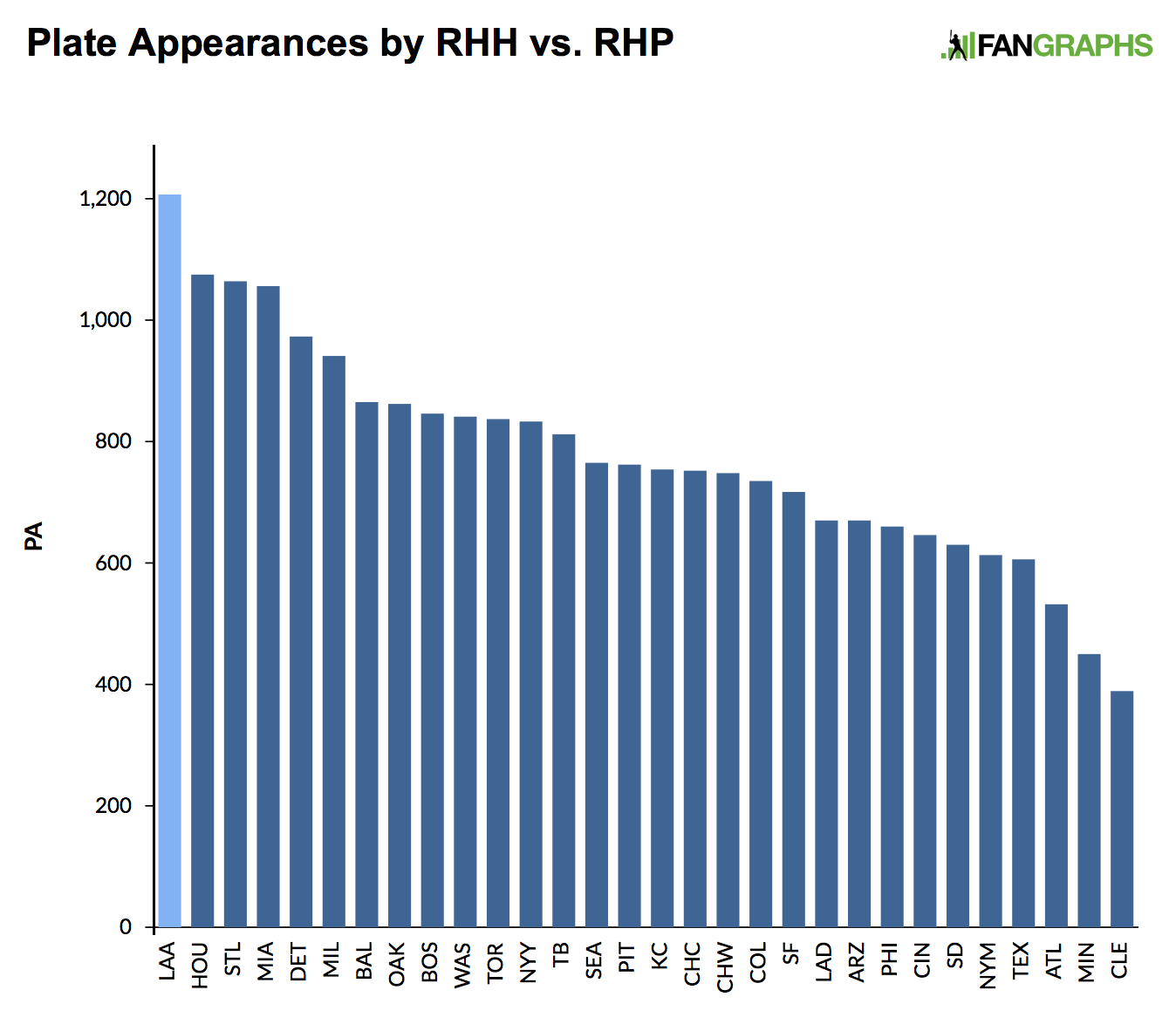Finding the Next Edwin Díaz
This is Jake Mailhot’s fourth post as part of his May Residency at FanGraphs. A lifelong Mariners fan, Jake now lives in Bellingham, Washington, just a little too far away from Seattle to make it to games regularly, which is sometimes for the best. He is a staff editor at Mariners blog Lookout Landing. He can be found on Twitter at @jakemailhot. Read the works of all our residents here.
Among the various career arcs in professional baseball, the conversion from starting pitcher to reliever is one of the more common ones. It’s a last resort for aging veterans and a tried-and-true way to get the most out of middling starters. But when a talented prospect is moved to the bullpen, there are bound to be questions. It has been generally understood that a starting pitcher is more valuable than a relief pitcher, so teams are usually more conservative with their prospects, often letting them at least try to work things out as a starter before pulling the plug. But in an era when relievers are throwing more innings than ever before, a high-octane reliever might prove to be more valuable than just another starter.
Back in 2016, the Mariners moved one of their best pitching prospects from the rotation to the bullpen. Edwin Díaz took to the conversion quickly and was in the majors a few weeks later, completely skipping Triple-A. He was soon installed as the Mariners closer and has been one of the best relievers in the majors since. His already excellent fastball velocity received the usual boost from shorter stints on the mound, and his slider has developed into a plus-plus pitch.
It was a risky move for the Mariners. Instead of letting the 22-year-old try to develop his changeup in the rotation, they shifted him to the bullpen and aggressively promoted him because the major-league team needed bullpen help desperately.
I wondered if any other teams had tried something similar. Below you’ll see the results of a very specific query: every relief pitcher who has thrown at least 10 innings in the majors and had been a starting pitcher in the minors as recently as last year. To narrow the field even further, these pitchers all recorded fewer than five innings pitched in Triple-A and have posted an average leverage index greater than 1.25 when entering the game.
| Name | IP | K% | BB% | ERA | FIP |
|---|---|---|---|---|---|
| Jordan Hicks | 27.2 | 14.2% | 14.2% | 1.63 | 4.02 |
| Brad Keller | 22.1 | 14.6% | 7.9% | 2.01 | 3.46 |
| Justin Anderson | 15.2 | 30.9% | 13.2% | 3.45 | 4.20 |
| Seranthony Domínguez | 11.2 | 35.1% | 0.0% | 0.00 | 1.14 |
It’s an interesting list. Jordan Hicks, the man with the fastest fastball in all the land, sits atop it with almost 27 innings pitched and just 16 strikeouts to his name. Then we have a Rule 5 pick, Brad Keller, who has recently been in the mix for high-leverage innings in the Royals bullpen. Moving on. Justin Anderson wasn’t a highly regarded pitching prospect in the Angels organization, but he has added more than 6 mph to his average fastball velocity out of the pen and given Mike Scioscia another option in his constant closer carousel. This article was almost about Anderson. But the final name on the list is far more intriguing — and not just because of his 80-grade baseball name.


